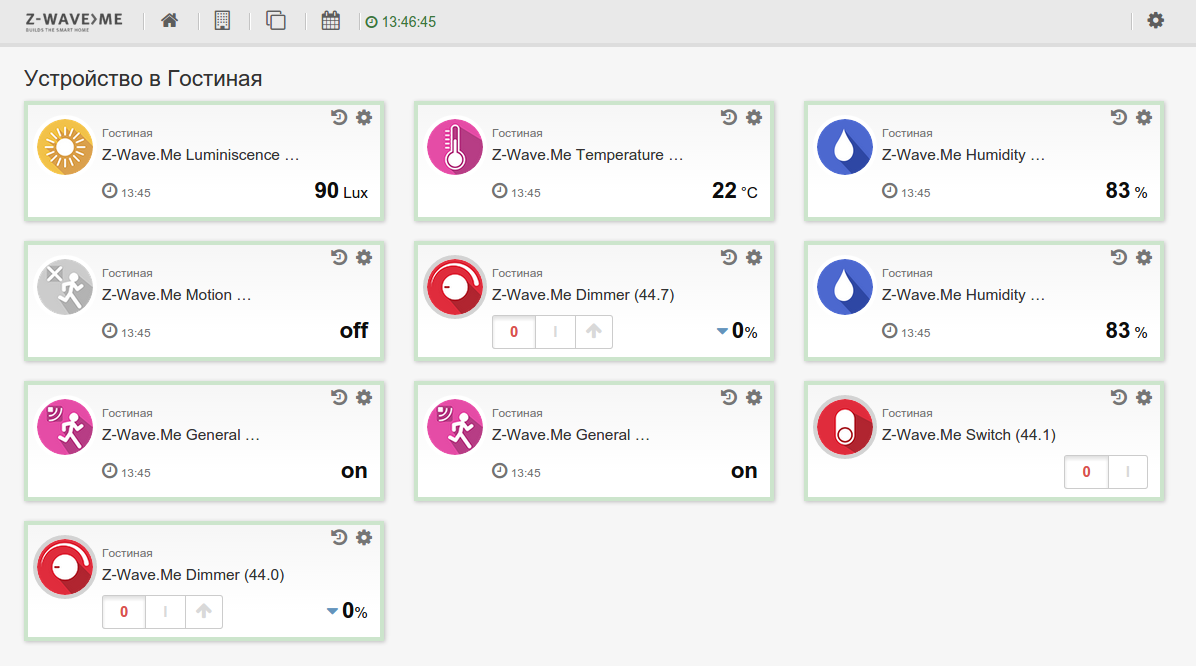A controller does not take up more it s functionally the same at the radio frequency level as every other zwave device in you home or your neighbor s.
Z wave multiple controllers.
A network re organisation needs to be performed.
That way z wave puts control of all the smart devices at your fingertips and allows you to give commands through the z wave.
Below are the few things you can do with a z wave.
No matter what the name the purpose of the hub is to act as a central point for your z wave devices.
Z wave makes use of the low energy radio waves to build a mesh network which allows devices to talk to each other and connect all of them to a hub controller.
Z wave network with muliple controllers if a network has multiple controllers the user needs to determine which of the controllers will be the primary controller.
You should be able to add a second controller in exactly the same way as the first controller ie either through the ui or config files.
Home ids are but a single field in the packet sent via radio therefore multiple controllers or multiple homeids networks are no more consumptive than adding another door sensor.
A z wave hub will sometimes be referred to as a z wave controller.
Instead of using a remote for each smart home device one z wave controller will be enough.
When you place your second controller its job is to take some of the burden of signal jumping off of your primary controller.
A hub with several radios is commonly called a gateway.
A z wave controller will be the central hub of all these products and which will allow them to talk and respond with each other.
Z wave technologies allow devices to communicate with each other if there is a barrier blocking the direct signal from controller to device but that usually weakens the signal.
Z wave manufacturers have made the setup process very easy.
I can confirm that it works.

